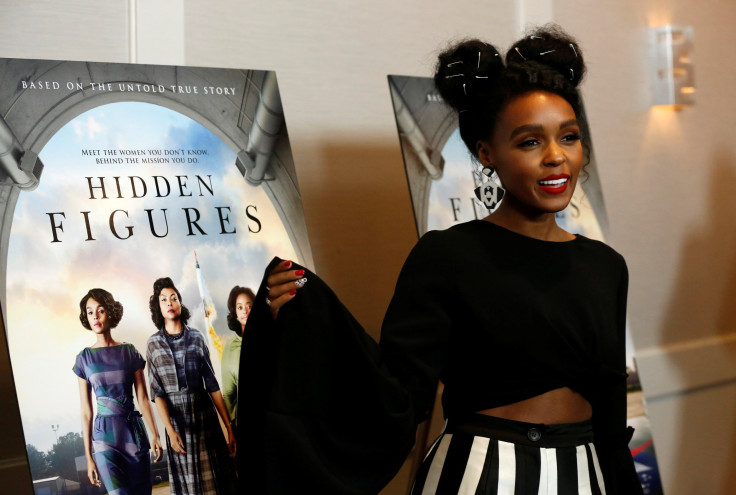'Hidden Figures' Movie True Story: Fact vs. Fiction About NASA's African-American Women Pioneers

"Hidden Figures," a movie about three African-American women pioneers at NASA, was slated for worldwide release Friday. The story of the women who calculated flight trajectories that helped John Glenn become the first American astronaut to orbit the Earth previously opened in a limited release on Christmas.
The film, which has a Rotten Tomatoes rating of 91 percent and will expand to 2,300 theaters Friday, is a historical comedy-drama based on a nonfiction book published by Margot Lee Shetterly in 2016.
Octavia Spencer, Janelle Monae and Taraji P. Henson star in the film as Dorothy Vaughan, Mary Jackson and Katherine Johnson, respectively. The characters’ work with NASA aided in the launch of Project Mercury in the late 50s and early 60s, and the 1969 Apollo 11 flight.
Some who have watched the film said it accurately portrayed what happened in history, like Johnson, who said it “sounded very, very accurate” after watching the film’s advance screening in November.
But is it 100 percent accurate?
Some of the basic points of the nonfiction book and details of the historical events include the fact that Dorothy Vaughan was the head of the National Advisory Committee for Aeronautics’ segregated West Area Computing Unit from 1949 to 1958. She was also NASA’s first African-American manager.
Segregation was not abolished until the Civil Rights Act of 1964, which means that the plotline of Vaughan, Jackson and Johnson working in segregated facilities before the law was put into effect was accurately represented.
However, the film, which is being hailed for its take on tackling racism, does not completely reflect how some of the women, like Johnson, felt about segregation during their time at NASA.
"I didn't feel the segregation at NASA, because everybody there was doing research," Johnson said in an interview with WHROTV. "You had a mission and you worked on it, and it was important to you to do your job and play bridge at lunch. I didn't feel any segregation. I knew it was there, but I didn't feel it."
The film crew did, however, pay great attention to the details of the movie. For example, what a NASA space shuttle looked like in 1961 was accurately depicted, according to NASA Langley Research Center resident historian Bill Barry.
"'What was the purpose of an O5G switch and where would it be on the panel?' So we tracked down a manual for that spacecraft and sent them copies,” Barry said.
The film’s director, Ted Melfi, also said that despite event and character condensation as a result of time constraints, what happened in the movie along with what was said was “100 percent accurate.”
© Copyright IBTimes 2024. All rights reserved.






















